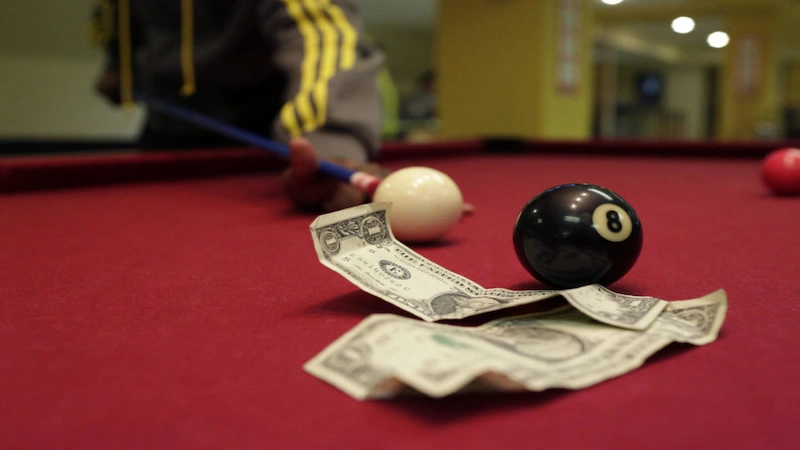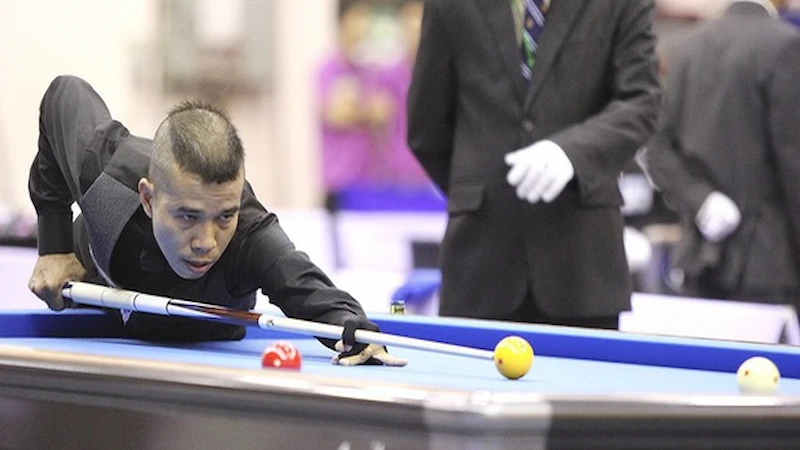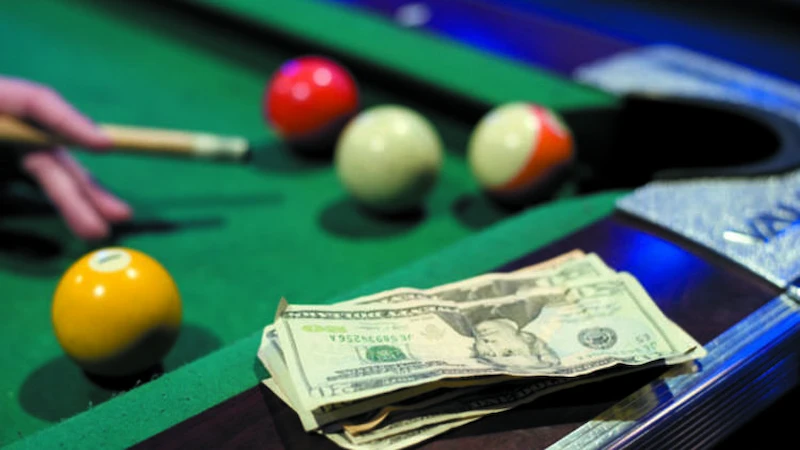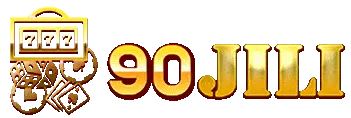Are you interested in billiards but don’t know where to start? These pocket rules of billiards will help you learn to play billiards more easily, thereby shortening your practice and learning time. This is the first step that all new billiards players must go through if they want to know how to play and play this sport well, which is also a famous competitive sport in the world.
What is pocket billiards?

Pocket billiards, also known as Pool cue or Pocket billiards, is a type of billiards played on a table with a total of 6 pockets. Each pocket on the table is equipped with a bag to place the balls, and they are placed along the edges of the table.
Based on the rules and gameplay, pocket rules of billiards is divided into many different branches, including popular versions such as 8-ball, 9-ball, 10-ball, and 1-pocket billiards. In addition, there are other variations such as Billiard bank pool, Billiard straight pool, and Snooker.
Common types of pocket billiards

8-ball billiards
This is the most popular type of pocket billiards, favored for its simplicity and ease of play. On the billiards table, place a cue ball and 15 target balls, numbered from 1 to 15. Of these, balls 1 through 7 are colored, while balls 9 through 15 have stripes. Each player will choose one of these two groups of balls and use a cue to hit the cue ball, trying to push their chosen group of balls into the pockets on the table.
If a player commits one of the following fouls: Putting the opponent’s ball or cue ball into a pocket, or not putting any ball into a pocket, the turn will pass to the opponent. The first player to pocket all of their group’s balls and then pocket the 8-ball will be the winner of the game.
9-ball billiards
Participants in 9-ball billiards will start by placing a cue ball and nine target balls on a six-pocket billiards table. Their goal is to hit the cue ball so that it touches one of the target balls, numbered the lowest and falls into the pocket. However, target balls falling into pockets do not need to be in numerical order. In the event that one of the two players misses or fails to pocket a ball, the turn will pass to the opponent.
If a foul occurs, in addition to losing the turn, the next player also has the right to place the cue ball anywhere on the table to start their turn. The match ends when one of the two players reaches the required number of games for the match.
10-ball billiards
By the rules, this kind of billiards has exactly the same 9-ball relationship game rules as but increased complexity and difficulty. As a result, 10-ball billiards is usually reserved for playing only by experts who have excellent experience and skills but not the most popular option with amateurs in their first steps.
One-pocket billiards
One-pocket billiards game was originated at the same time when pool can be played. It is a type of pocket-pool, in which each player has to put all balls properly into one designated (elected) for him/her pocket and score points as possible while preventing his opponent from making hundred-percent shots behind markers assigned to opposite players. In contrast to different balls having alternate pocket scores in traditional full rack pool, One-Pocket championship only has a single pocket with scoring.
The rules of play might be different from each other but, what remains common between the sports and ball has hit that pocket to score points. The player who reaches the set score or pots all the balls first wins. It brings very challenges and tactical thought on billiards players.
Bank pool billiards
Bank Pool is a type of billiards game, usually… At Bank Pool Billiards, players need to drive a good hitting technique and tactics in order to make the best use of table-edge-driven shots they have (and get all balls pocketed correctly).
Bank Pool rules may vary and potentially include such conditions as:
- The player attempts to sink balls by striking them and causing one or more rails of the table, depending on which game is being played.medium.com
- The designated ball will be your money ball and you have to make it the last to get a point.
- Play and tip-off rules can differ depending on the specific rules of the game or tournament.
Straight pool billiards
Straight Pool Billiards (also known as 14.1 Continuous Pool) is a variety of billiard game, which comes under one of the most classic and technical categories on earth pool wars orientated If you are into Classic games then I hope this will take little time for learning so basically it. Quick to learn… but hard to master! Straight Pool Billiards: Here, the main aim of a player is to pocket the balls in order to score points and finally reach an agreed upon target figure. This has a stroke of competitive accuracy and is closely related to billiards style, requiring you with accurate techniques
Some of the Key features for Straight Pool Billiards are as follow :
- Points required to win: This will be different for each game, but typically the player aims to reach 100 or 150 points. This means that the player needs to make as many balls in a row without being fouled by pocketing billiard ball.
- The ball placement: Some of the balls, lay in a triangle manner at the center of your table. Ball number 1 is placed in the center of triangle, and ball number 5 down right side of perimeter. You then put the rest of the balls in random places on the board.
- Shooting: The player must shoot first, then keep hitting in order and get points.
- Fault and turn: If a player fails to make any ball, the incoming opponent should already shoot. Fouling or running out of ball in this game ends each turn for a player.
Snooker
Snooker is a baiz raton script billiards diversion played on the table. And about it 90JILI can say, Snooker Table or maybe just full size snookers_tables A normal game is generally played between two individuals or four, with each individual/involvement attempting to score a higher number of focuses than the adversary by potting object balls in a progression. One obvious thing is that snooker is a conceiving and technique-sensitive game because it needs to hit accurate balls and set them in levels.
Core Features of Snooker:
- Balls and pockets: 1-There are a total of 21 balls on the table, consisting of: -15 red-colors (each worth one point). The table has 15 holes on, a red colored hole,a yellow coloured hole and the other are all white.
- Beginning: The starting player in each game must break and pot a red ball before the 2 players can score on the other balls.
- The Scoring… The game is played in such a way that at each ball pocketed by the player point are achieved corresponding to Ball value When all the red balls are potted, he turns his attention to potting in colored balls.
- Fouls and Turns: Each player continues their break until they are the last one to either make a ball or fail, by a foul. These fouls may be in the form of pocketing the black ball too soon, or failure to make a single shot after taking your first turn.
- End of game – Game ends when all red/colour balls have been pocketed and the player with higher cumulative pots wins that frame.
15-Ball rules of billiards

Objective of the Game
15-Ball billiards is played with 15 object balls numbered 1 to 15 and a cue ball. In each shot, the cue ball must contact the lowest-numbered object ball on the table, but the balls do not need to be pocketed in numerical order. Any object ball legally pocketed in one shot is counted.
If a player legally pockets the target ball, he takes the shot and continues until he misses, fouls, or wins the game with 61 points (or more).
After the miss of the first shot, the next player must start his turn from the position of the balls left on the table. But after any foul by the first player has a choice:
- Continue playing with the position of the balls left by the previous player.
- Place the lowest-ranked ball at the end of the table and start your turn with the cue ball in hand and behind the top line.
Scoring
Scoring in 15-Ball billiards is straightforward, and consists of summing points for each ad monitionally pocketed object ball up to the point total. The game is won once a player has hit 61 or more points. If both players reach 60 points after all the object balls are pocketed, it is a tie in that frame. For this case, we can decide the winner using:
- Previous match average scores of both players.
- Serving until a player scores the twenty-first point.
- Draw win method
Racking the Balls
To rack the balls in 15-Ball billiards, a triangular rack is used. The racking process starts with the number 1 ball at the apex of the triangle, placed at the foot end of the table, and the other object balls are arranged in a specific order as shown in the diagram. The game begins with the cue ball in hand, after being placed across the head of the table.
Restricted Area
At each corner of the billiards table, there is a triangle drawn with chalk, with a side length of 71cm and a short side of 35.5cm. This area will limit consecutive scoring shots, so players need to pay attention to the following:
- When both object balls are inside the triangle, even when the center of the ball is on the boundary line, consecutive scoring shots will be considered “in” the restricted area.
- The player is only allowed to score 1 point when both object balls are “in” the restricted area. After scoring the second point, the player must bring at least one object ball out of the restricted area.
- If the object ball leaves the restricted area and then returns, that shot will start to be counted as “in”.
- The player will commit a foul and lose their turn if they do not follow the above correctly.
Legal Break Shot
The player opens with a break shot, where the cue ball must hit the number 1 ball first. A shot is considered valid according to Billiard rules when the ball is pocketed or at least 4 other object balls hit the rail. If the player pockets the cue ball, drops the ball off the table, or fails to meet the above requirements, it will be counted as a foul.
The next player will start their turn with the cue ball in hand after being placed across the head of the table. If any object balls fall off the table, the next player has the right to choose and re-rack all object balls.
Game Progression
The 15-Ball billiards match will start after a valid break shot. The player, after hitting the cue stick, continues to hit until one of the following situations occurs: the cue ball or multiple object balls are pocketed, the player commits a foul, or the player wins the match. When a player fouls, the next player will start their turn.
The match ends when one of the two players reaches 61 points or more or is disqualified for a serious violation.
Fouls
Listed below are several situations in which fouls apply under the 15-Ball rules of billiards and regulations:
- Knocking a ball off of the pool table.
- Striking a ball that has not come to rest (both the cue ball OR any object balls).
- Player hits with something other the leather tip of the cue.
- Touching the ball with any surface or implement
- If the foot is off the floor and you are hit, this will be a foul.
- Cue Push The act of hitting the ball with cue tip at right time)
- Hitting the ball twice.
- It is illegal when a player strikes the wrong ball, this may happen in game and it will be noticed by referee or opponent.
If a player commits any of the 15-Ball billiards fouls listed above, they will lose their turn. However, the rules of billiards were not as fortunate and do that bylaws failures are random.
- Still an okay flip over a rail then back onto the table. If the ball stays on railor table is foul And player loses turn.
- A thrown ball attempted and deliberately fouled as a free throw may not be counted since its outcome has been influenced by irrelevant outside interference. If the ball has been changed position because of an outside influence, however, it will be found and put back into play enabling the shooter to proceed.
- A player losing the turn if he misses scratching, unless a ball fall so that it appears touches only cushion behind which stood; or fails to strike from in hand.
- Not hitting the cueball is not a foul and if achieved, will just tilt (keep points) and lead to another shot.
Rules of Stripe and Solid Pocket Billiards
Objective of the Game
8-ball billiards is played with 1 cue ball and 15 object balls numbered 1 to 15. One player must pocket a group of balls numbered 1 through 7 (solid balls) while the other player must pocket a different group of balls numbered 9 through 15 (striped balls). The player who pockets all of their group’s balls and then legally pockets the 8-ball wins that game.
Call Shot
In a call shot, the ball and pocket do not need to be clearly indicated (however, in practice, simple and clear shots do not require the player to call, while in complex shots, the player is required to announce the ball and pocket called in advance).
When calling a shot, it is not necessary to specify details such as the number of times the ball hits the rail or other balls. Any ball pocketed after an illegal shot cannot be replaced or re-spotted, whether it belongs to the shooter or the opponent.
The opening break is not a called shot. The player in this game can continue to play after pocketing any object ball on a legal break shot.
Order of Break
In 8-ball billiards, the winner of each game will break in the next game, unless it falls under the specific rules set by the billiards organization, such as:
- Players alternate breaking.
- Loser breaks.
- Winner breaks.
Legal Break
To legally break in pocket billiards, the breaker must strike the cue ball from behind the head string so that it either pockets an object ball or drives at least four object balls to the rails. If these requirements are not met, it is considered a foul. The incoming player can then choose to either accept the table in position or require a re-rack and have the breaker break again, or may elect to break themselves.
Technique Guide for Pocket Billiards
Grip
To hold the cue correctly and play at your best, pay attention to the following:
- Your feet shoulder-width apart. The left foot if they are right-handed and vice versa for the left-handers. – Go to:hawaiiswater.com Meanwhile, the cue grip is modified for use with a person of normal height.
- Maintain a straight back as you squat down, so the grip of your cue is perpendicular to both the billiards table and your rear foot. To aim, a player would move their weight forward and poke low to see the ball accurately.
- After that, the player just rotates its body and he adjust his cue grip to 30 degrees in right side for space between pinche. If the posture is correct, their hand won’t touch his side.
Bridge Hand
Bridge:
The rail bridge is a technique used when the ball is near the rail and the player cannot use their fingers to hold the cue steady. Depending on the specific position of the ball relative to the rail, there are different types of rail bridges.
Closed bridge:
- Fist on the table.
- Reach out your index finger and thumb.
- Now close off your index finger.
- The finger bridge: lastly open up the remaining fingers and stretch them out into a hand-middle-finger, middle-to-pinky arrangement.
Open bridge:
- Put your hand on the snooker table
- Create a cone with you hand
- Now, slide in the cue (using left hand for 10:30 to body angle shots) between that slot made by other fingers.
- Spread your middle fingers, and then bring them close together with the little finger moving away to support in containing the bridge. The bridge should be stable to hold the strings and it, in turn needs a hand to place firmly.
Above is the information about the popular pocket rules of billiards. Hope you have the basic knowledge about this billiards subject. In the next article, we will provide you with extremely interesting card-playing rules of billiards. Stay tuned on this page!
